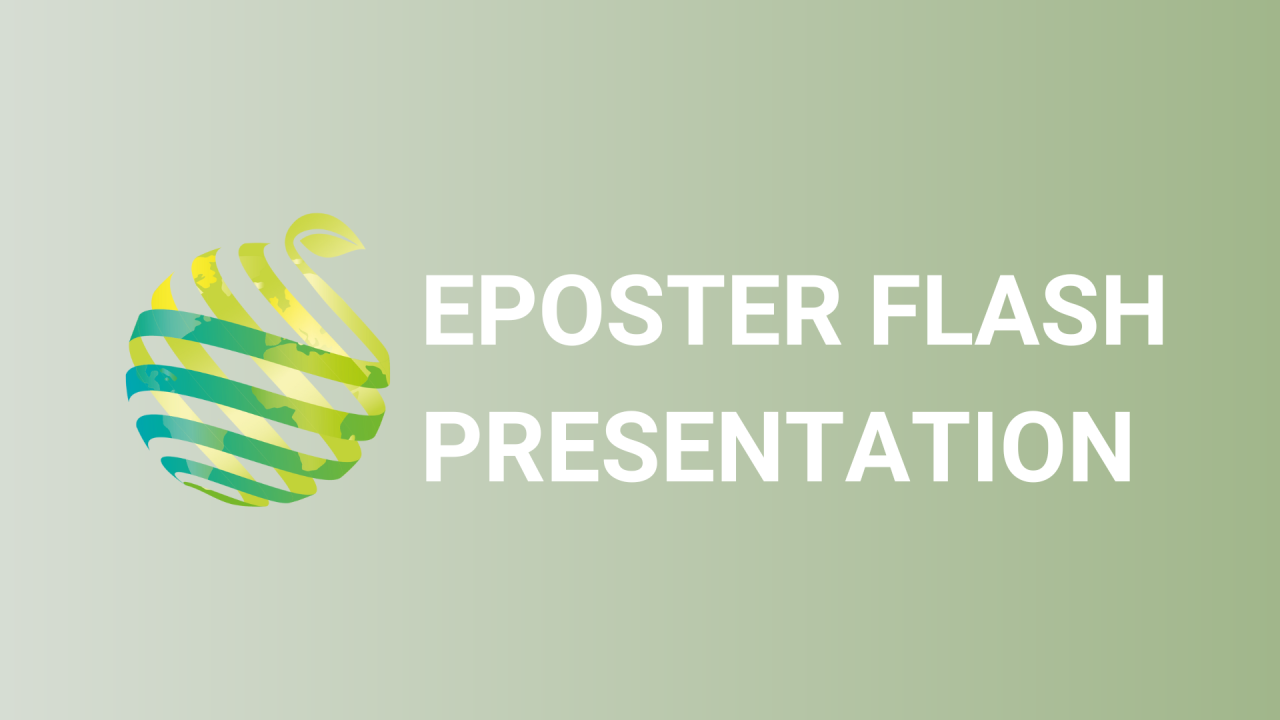

S06 - Session P7 - Long Photoperiod, Low Intensity Dynamic Lighting for Sustainable Year-Round Greenhouse Vegetable Production
Information
Authors: Xiuming Hao *, jason lanoue, Celeste Little, Jingming Zheng, Bernard Grodzinski
To meet consumer demand for year-round supply of high quality vegetables, supplemental lighting is usually needed to sustain the greenhouse production during the light limiting winter months. The application of lighting in greenhouses not only affects the light environment ( intensity, photoperiod, spectrum, and distribution) but also greenhouse energy balance and plant microclimate. Traditionally, high pressure sodium (HPS) fixtures with fixed light intensity and spectrum were used to provide supplemental light. The light fixtures need to be placed well above the crop canopy to prevent any heat injury from their high bulb temperature. The recent development in smart light-emitting diode (LED) technology, which offers the flexibility in control of light intensity and spectrum, and low fixture temperature, make it possible to optimize all 4 aspects of light environment and plant microclimate. The improvement in plant productivity by lighting is directly related to the total amount of light supplemented during a day (daily light integral (DLI) n intensity × photoperiod). It is more economical to achieve the desired DLIs with long photoperiods of low intensity light because it reduces light fixture costs. Furthermore, long photoperiods of lighting such as continuous lighting (CL, 24h) can reduce energy costs because the heat released by the light fixtures reduces heating demand during the otherwise dark night period and electricity price is lower during the night in a lot of jurisdictions. The low intensity of lighting used during the night also reduces the heat stress under light abatement curtains. However, lighting > 16-17 hours causes photo-injury such as leaf chlorosis and limits the yield increase in greenhouse vegetables. Over the last few years, we have conducted several studies and developed dynamic long photoperiod (up to 24 h), low intensity lighting strategies that used different light spectra and intensities between day and night times. These strategies eliminated the photo-injury associated with long photoperiods and improved energy efficiency and sustainability in greenhouse vegetable production. This review summarizes our research findings and examines the science related to the effects of dynamic control of light intensity, spectrum, and light distribution within the canopy for sustainable year-round production of greenhouse vegetables.